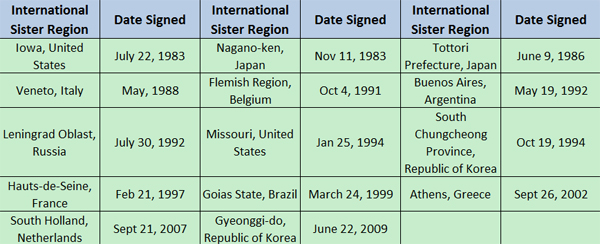An important industrial base in China


Population: 74,610,235 (2020)
Area: 188,800 square kilometers
Location: Hebei province, surrounding the capital city of Beijing and adjoining Tianjin Municipality in the east, is an important part of the Beijing-Tianjin-Hebei Collaborative Development strategy and the Bohai Rim Economic Circle.
Economy
Hebei province is an important industrial base in China, and one of the leading places with the fastest economic growth in the country. In recent years, under the impetus of three major national strategies, including the Beijing-Tianjin-Hebei Collaborative Development Strategy, the Beijing-Tianjin-Hebei Urban Agglomeration Strategy and the Hebei Coastal Economic Belt Strategy, Hebei is enjoying continuously improving opportunities for economic growth.
In the year 2018, Hebei's GDP reached 3.6 trillion yuan ($523.49 billion), an increase of 6.6 percent over the previous year. The added value in the primary industry was 333.8 billion yuan, increasing by 3 percent; that in the secondary industry was 1.6 trillion yuan, increasing by 4.3 percent; that in the tertiary industry was 1.7 trillion yuan, increasing by 9.8 percent.
The total value of imports and exports reached 355.16 billion yuan, with 5.1 percent annual growth. The total value of exports was 224.3 billion yuan, an increase of 5.5 percent; the total value of imports was 130.87 billion yuan, an increase of 4.5 percent.
The actual use of foreign capital exceeded 9.7 billion US dollars, an increase of 8.6 percent over the previous year. The foreign direct investment was $9.08 billion, increasing by 7 percent. There were 246 newly established foreign-invested enterprises (projects), up by 26.8 percent.
Administrative divisions
Hebei province governs 11 prefecture-level cities. They are Shijiazhuang, its provincial capital, Chengde, Qinhuangdao, Tangshan, Zhangjiakou, Baoding, Langfang, Cangzhou, Hengshui, Xingtai, and Handan.
Sister cities

MOST POPULAR
- 1 China's trade with other BRICS countries rises
- 2 China's international patent applications rank No 1 worldwide
- 3 China launches pilot program to expand opening-up in value-added telecom services
- 4 Key Chinese cities adjust buying regulations to boost real estate market
- 5 Nation modernizing border ports to boost trade, business activities
Editors' Picks
 Infographic:
China a bright spot of economic openness
Infographic:
China a bright spot of economic openness
 Infographic:
Charting China's rising import trade ahead of CIIE
Infographic:
Charting China's rising import trade ahead of CIIE





